Differences between Lease and Hire Purchase

When purchasing assets for business or private purposes, two popular financing methods are leasing and hire purchase. Although both enable you to utilize an asset without paying the entire amount in advance, they differ in ownership, payment terms, and financial implications. The appropriate choice depends on considerations like long-term expense, flexibility, and tax advantages. In […]
What is the FIFO Method of Inventory Control

The FIFO or First-In, First-Out inventory method is probably one of the most popular used by companies to manage their stocks. It lies on the rationale that the products oldest in (first-in) should be utilized or sold prior (first-out). This can work well especially with companies operating in perishables, including drugs, food products, and similar […]
What is a Bill of Exchange?

A bill of exchange is a financial instrument or written document that represents an order made by a drawer to another party drawee for the payment of a specific amount of money to a third party (payee) at a fixed future date or on demand. This article seeks to give a thorough understanding of what […]
Differences Between General Reserves and Capital Reserves

Reserves are essential for strengthening a company’s financial situation. General reserves and capital reserves are two different kinds of reserves. Both provide organizations with a financial cushion, but their functions, funding sources, and ways of use are different. In order to give readers a thorough knowledge of these crucial accounting concepts, this article tries to […]
Cost Accounting Quiz Challenge
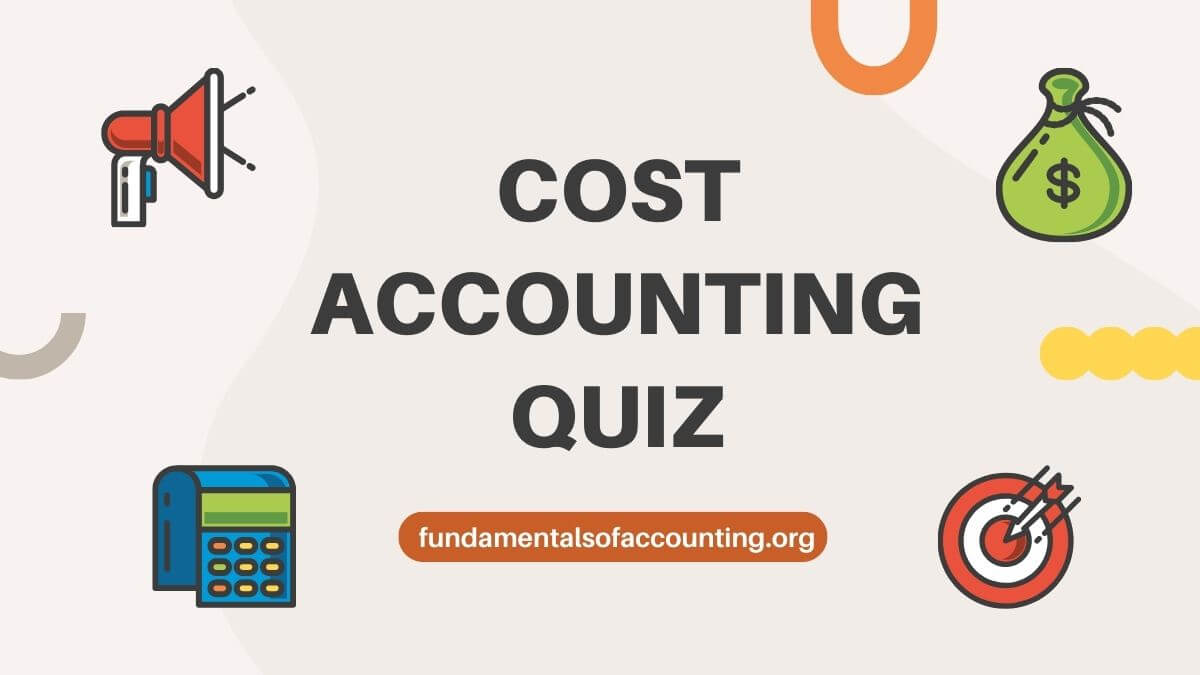
1. What is the primary objective of cost accounting? a) Maximizing profits b) Reducing costs c) Providing financial reports d) Facilitating decision-making 2. Which of the following is an example of a variable cost? a) Rent b) Depreciation c) Direct materials d) Salaries of top-level managers 3. The formula to calculate the contribution margin is: […]
What is a Promissory Note?
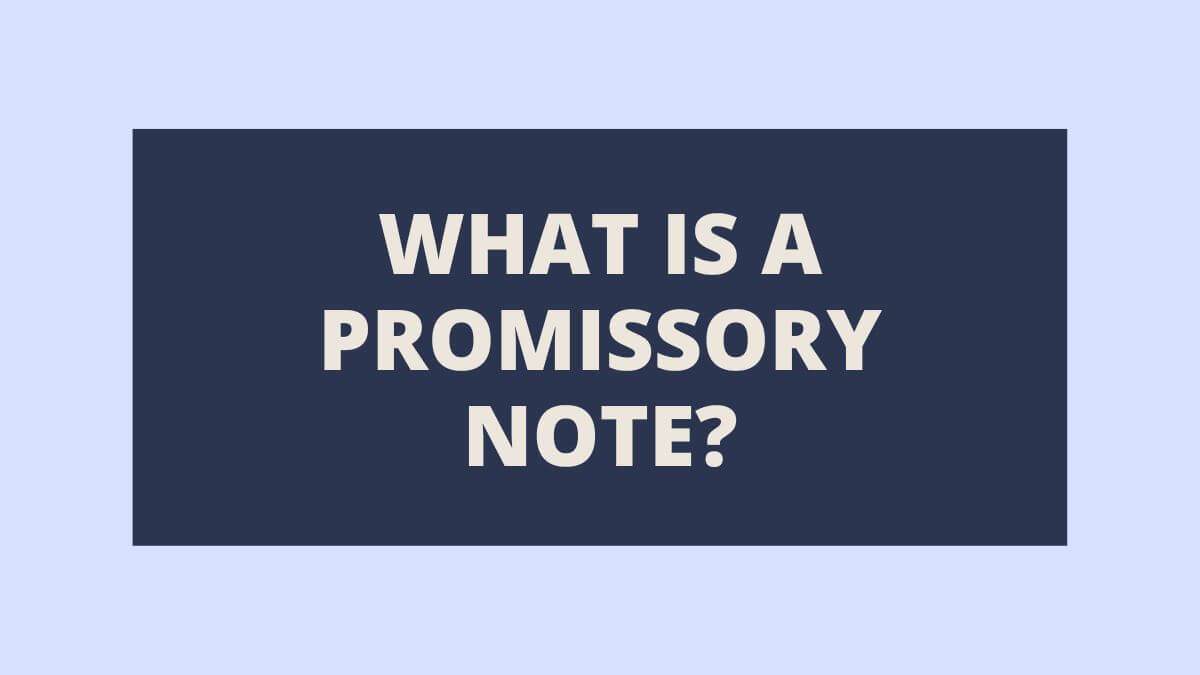
A promissory note is a written agreement, often referred to as a “note payable” or “IOU” (I owe you), in which one party (the maker) promises to pay a specific sum of money to another party (the payee) within a defined period. This legally binding document outlines the terms and conditions of the debt, including […]
Difference Between Shares and Debentures
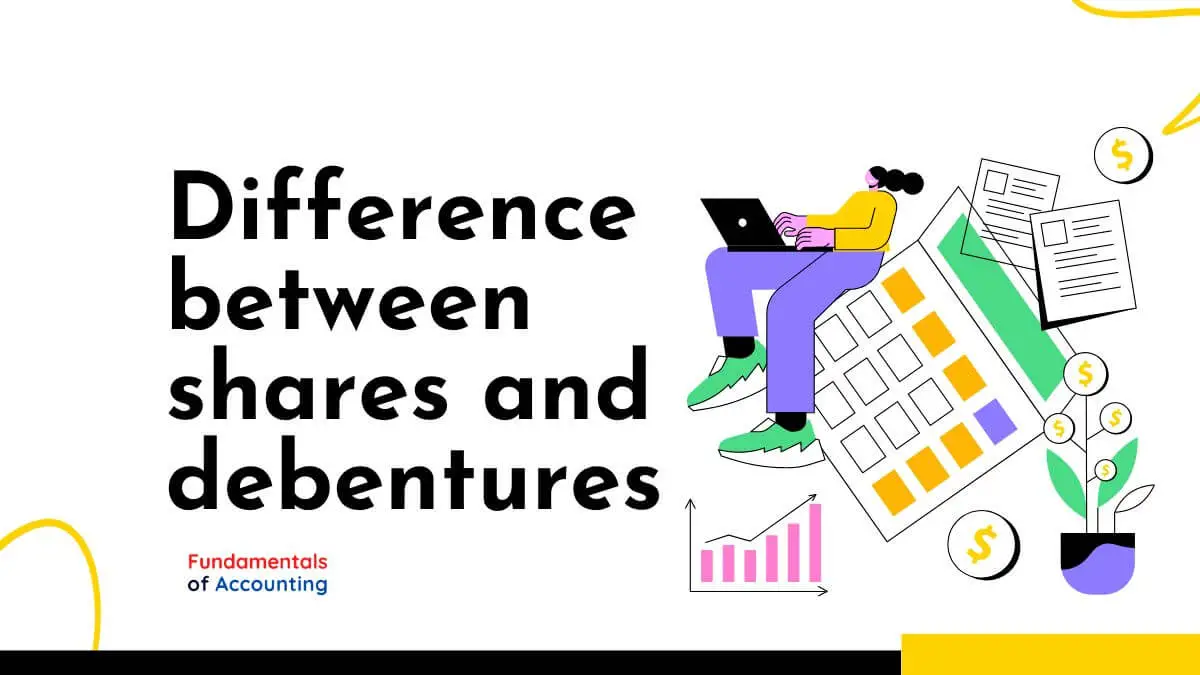
While both shares and debentures represent ownership in a company, they differ substantially in their characteristics. Shares and debentures are essential components of the capital structure of a company that help it raise funds for business operations. In this article, we will explore the fundamental differences between shares and debentures that every investor should know […]
What is the Buyback of Shares? Purpose and Benefits
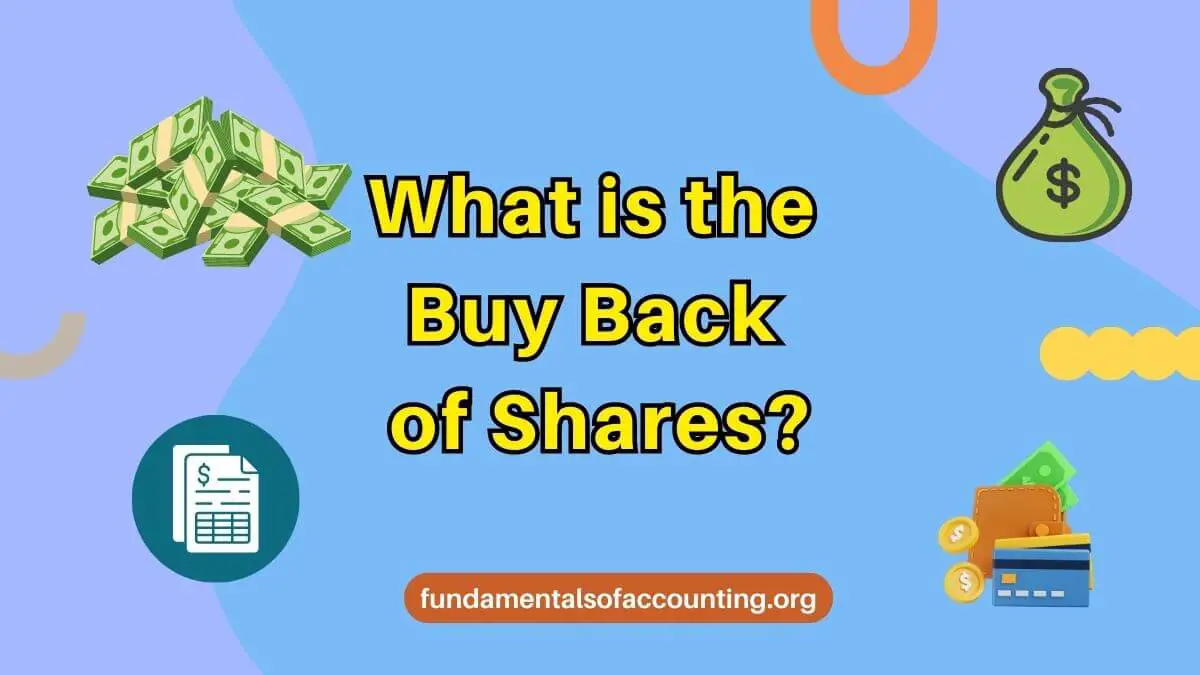
Within finance and investing, companies employ many strategies and techniques to increase shareholder value and optimize capital structures. One such technique is known as share buyback repurchase: this practice sees companies purchase their outstanding shares either from open market sellers or shareholders directly at discounted rates. We will explore what is buyback of shares and […]
Difference between COGS and Cost of sales
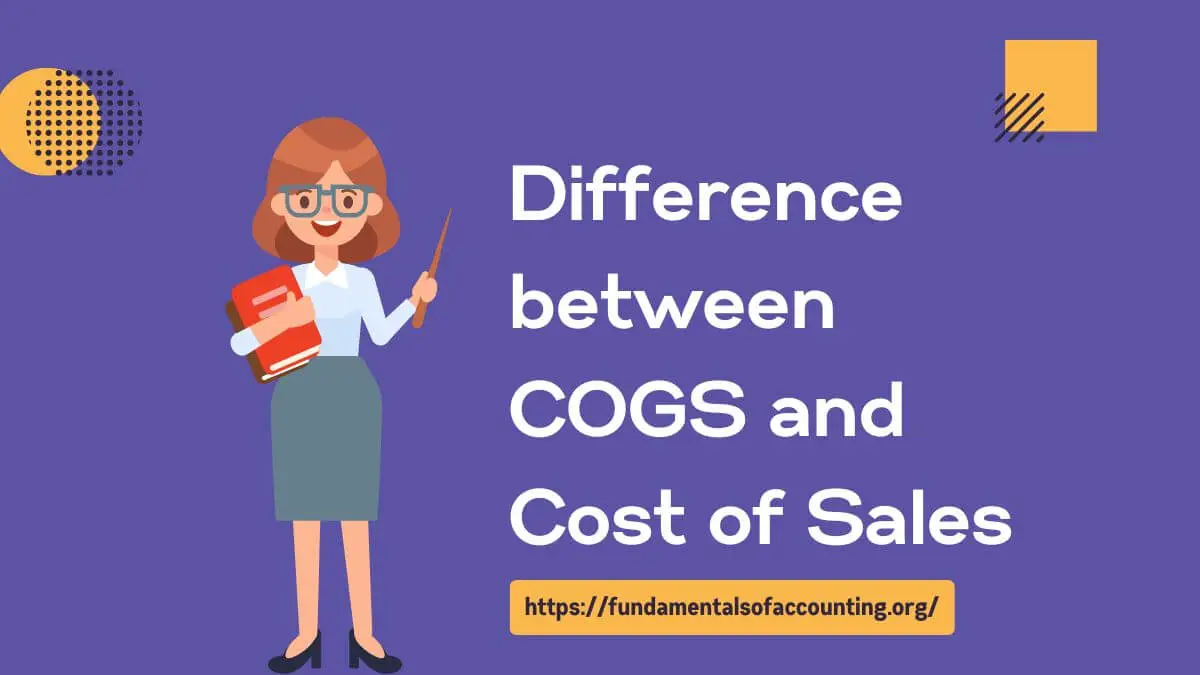
The terms COGS and cost of sales are often used interchangeably. However, they represent two different concepts that can have a significant impact on a company’s bottom line. Understanding these two terms’ differences is crucial for business owners who want to manage their finances effectively and make informed decisions. COGS Defined COGS stands for Cost […]
What is Capital Asset Pricing Model (CAPM)?
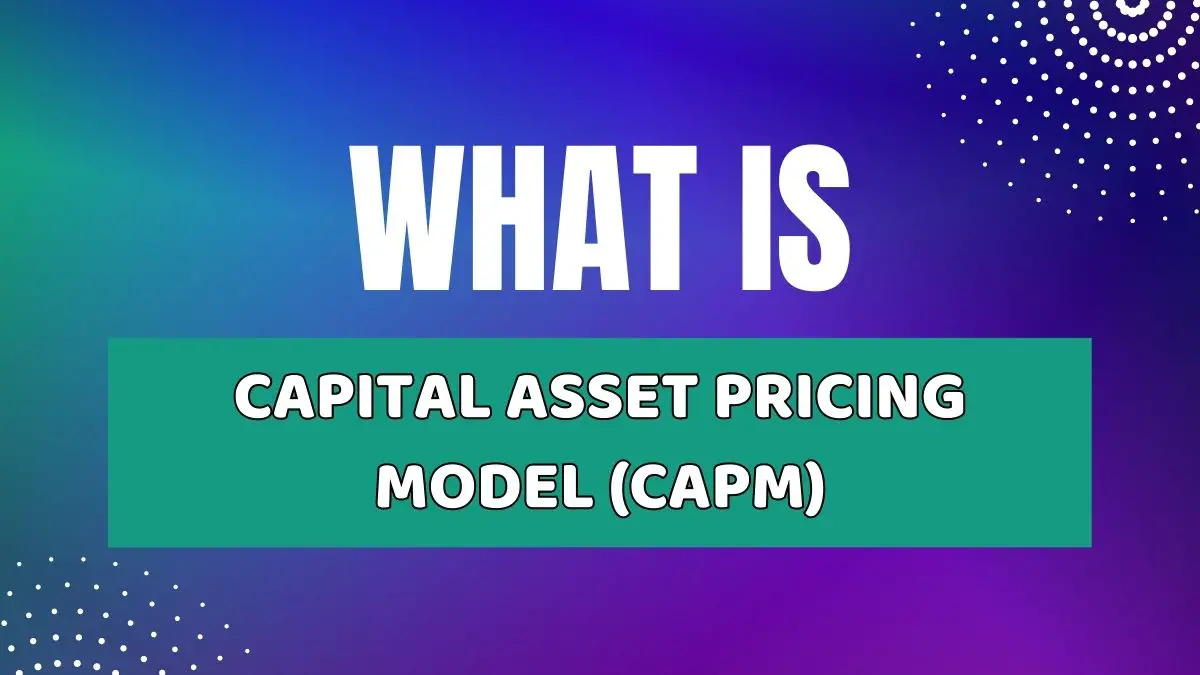
The Capital Asset Pricing Model (CAPM) is a financial model that helps investors understand the expected return on an investment relative to its risk. It was developed by William Sharpe in 1964 and has become one of the most widely used models for pricing assets in finance. The central idea behind CAPM is that investors […]
